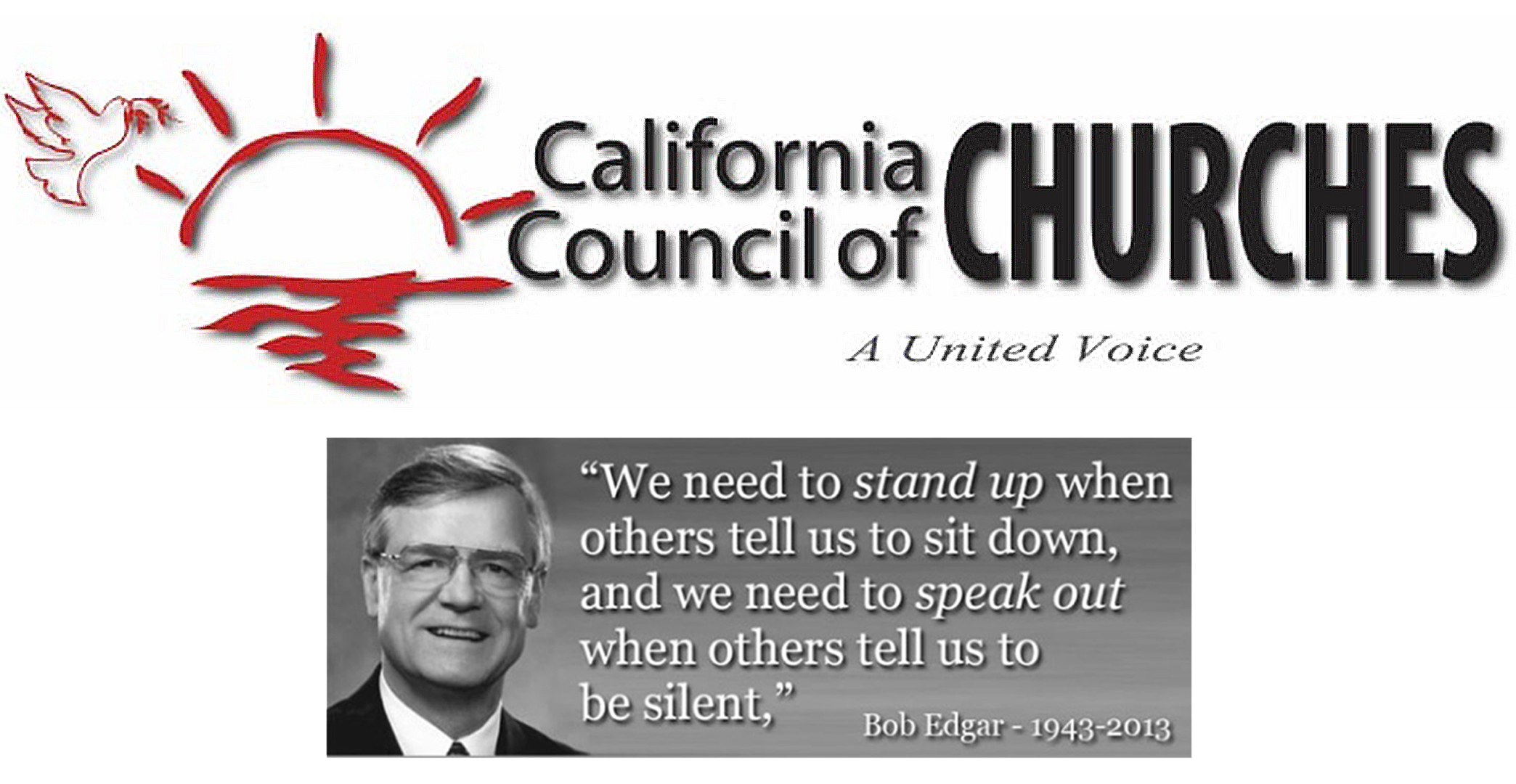
“Labor is prior to, and independent of, capital. Capital is only the fruit of labor, and could never have existed if labor had not first existed. Labor is the superior of capital, and deserves much the higher consideration.“
Abraham Lincoln
As the distribution of wealth grows more pronounced in America, the promise of our nation as the foundation for self-sufficiency and stability weakens. Post- World War II prosperity has shattered under the weight of plant closings, outsourcing, reductions in upward mobility, sharing in the wealth our work creates.Through our study guide, First Fruits for the Working Poor CCC engaged congregations in understanding just how our poorest neighbors survive. When we saw factories close, work travel overseas, investment in jobs wither away, we watched people become dependent on social services – just as those dried up in public budgets. We continue to speak out on the issue of providing both a strong safety net and expanded education – but they are not enough.
Clearly we all believe in self sufficiency through sustainable jobs that provide livable incomes. That is the fundamental basis of a moral economy in which everyone shares in the wealth they create. The question in global capitalism is how to assure that when the centerpoint is return on capital and labor is just a commodity to be obtained as cheaply as possible.
Toward the goal of producing a moral economy, CCC has joined with the United Steelworkers and Mondragon Cooperative Corporation making a commitment to develop employee owned businesses as the central strategy toward that goal. By uniting our congregations with labor, immigrant communities, low income wage earners, communities of color, educators, local economic development officials, and elected leaders we intend to provide not just moral support but trained and capable action to make this strategy bear fruit.
CCC will help congregations learn how to develop employee owned businesses both saving those firms that might close to building new businesses that offer goods and services needed in communities with the fruits of that work staying with the people who made them and the communities that nurtured them. It is how we can both stabilize our people and our cities and towns making sure they, not absentee disinterested owners, share the first fruits of the work of their hands.
Click here to Read our latest postings on Economic Justice
